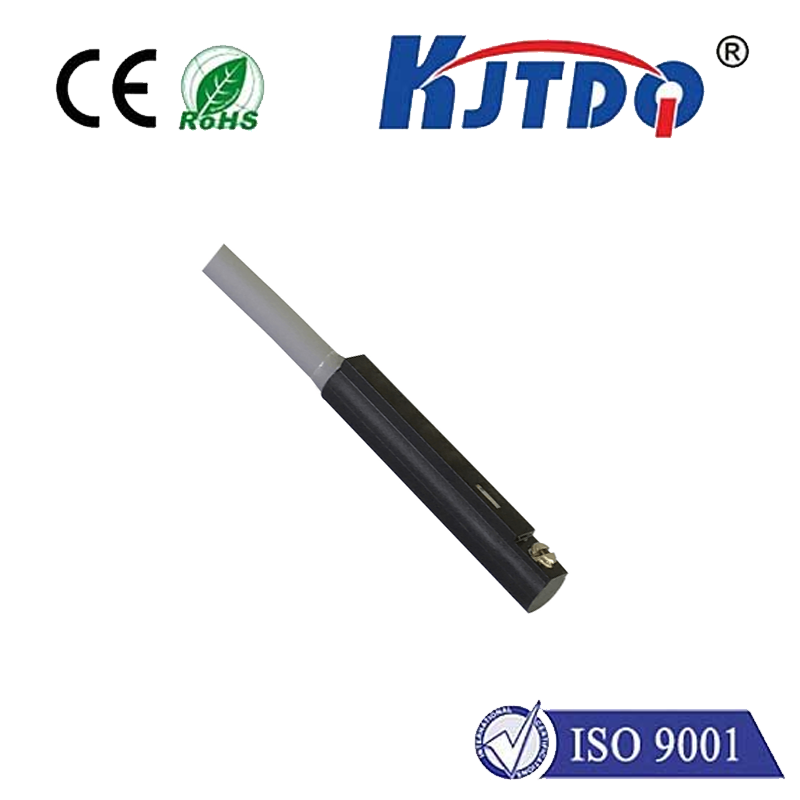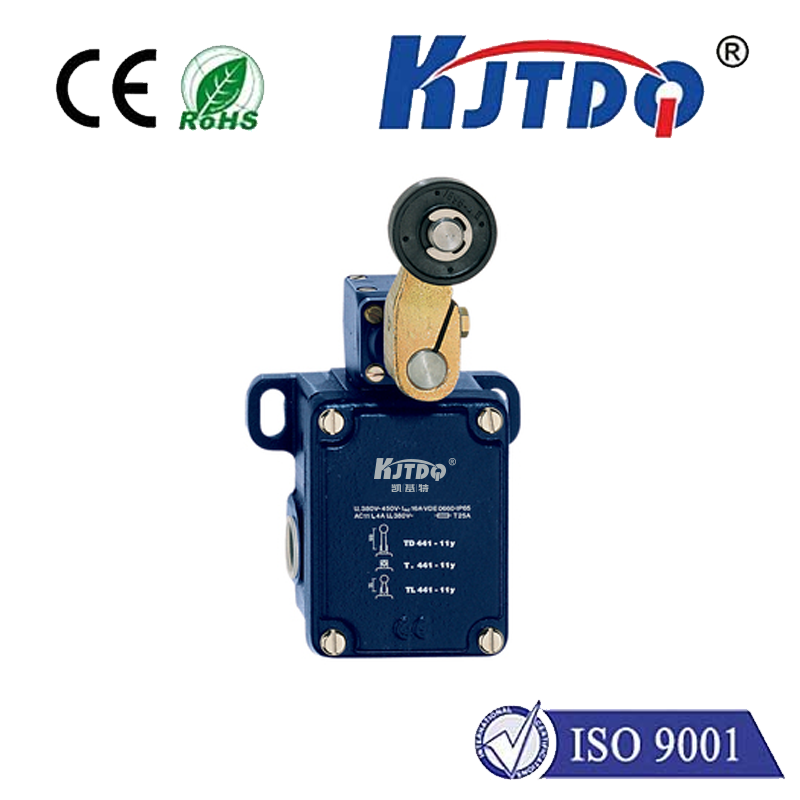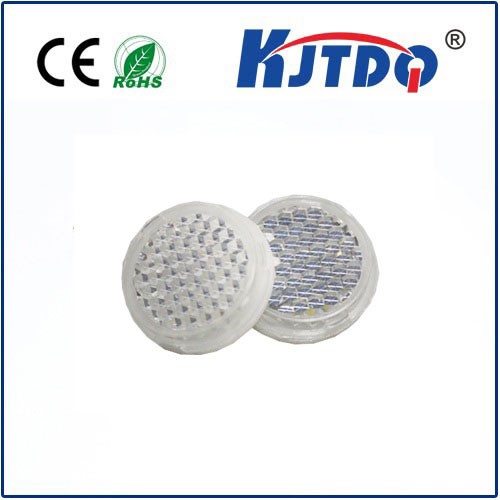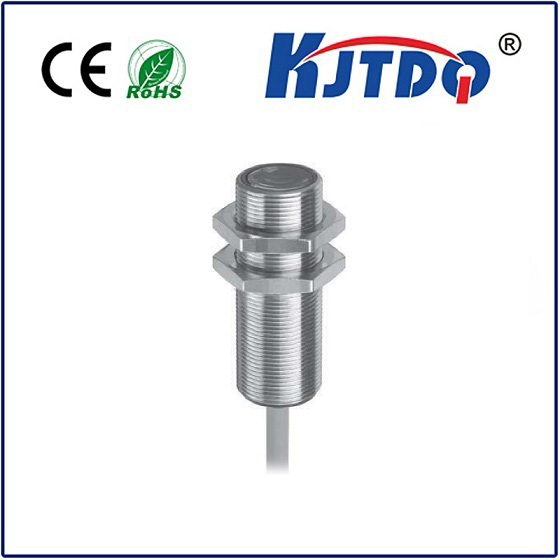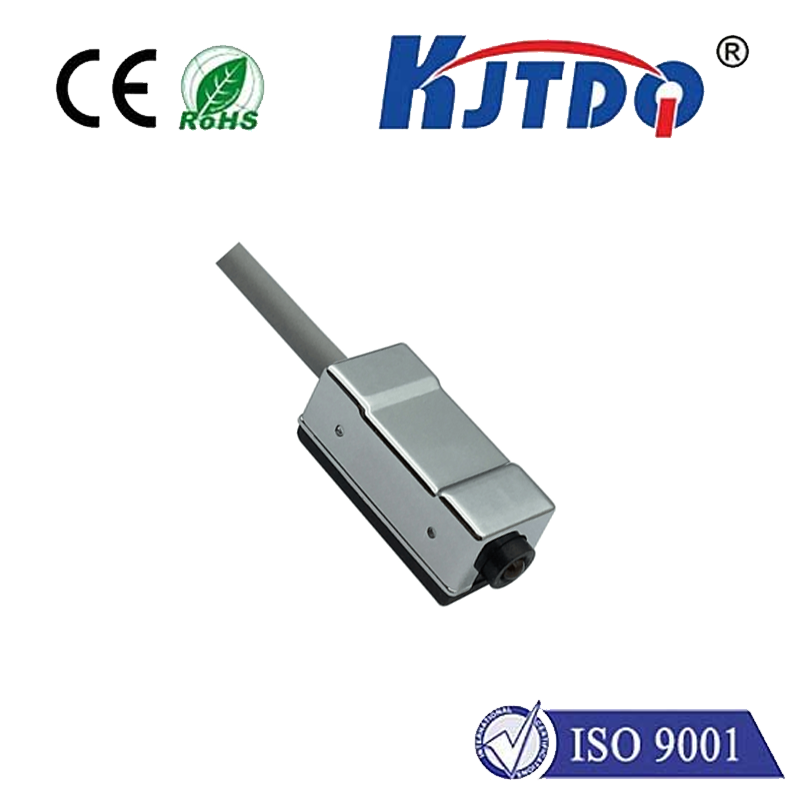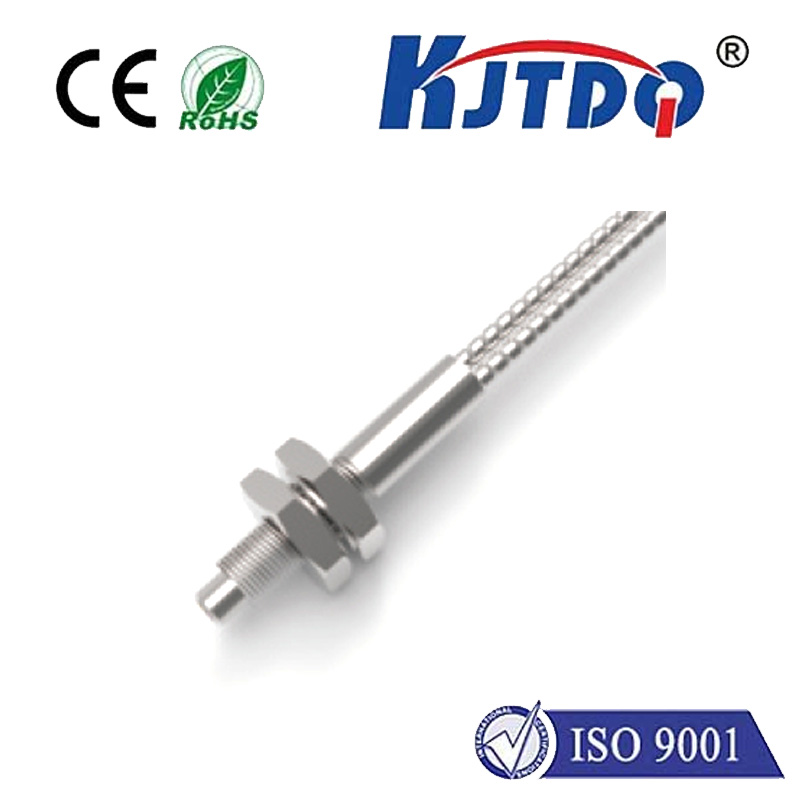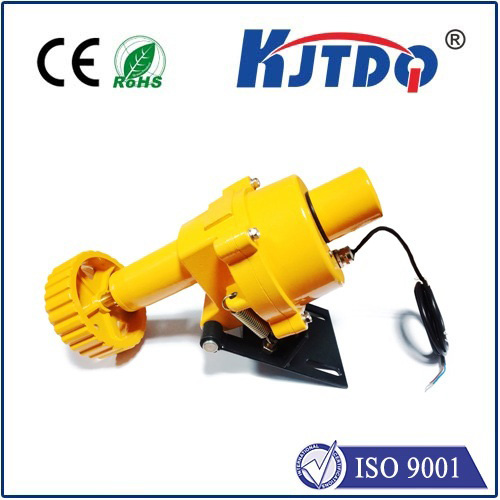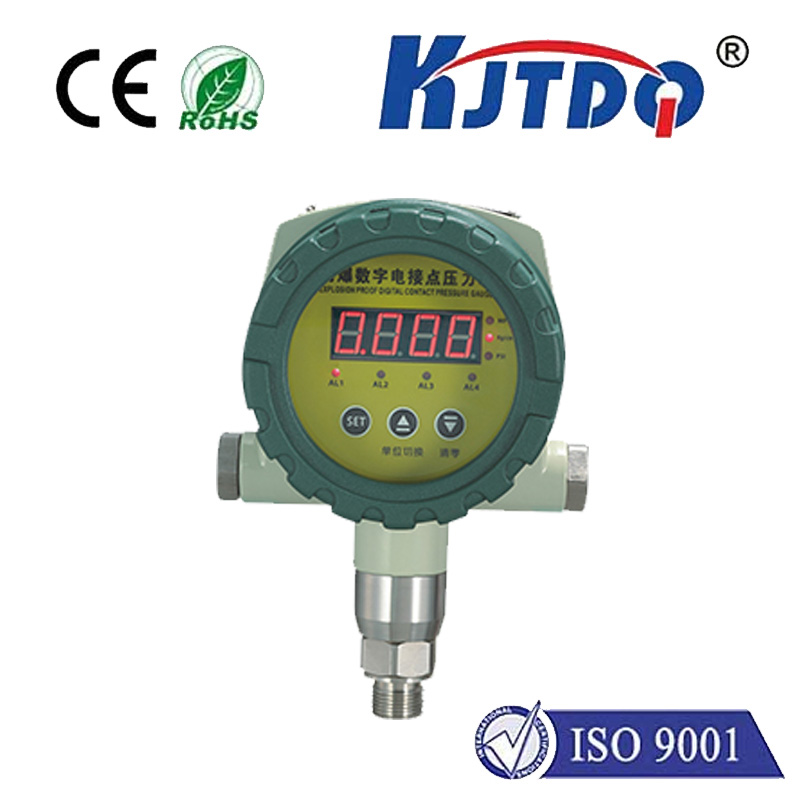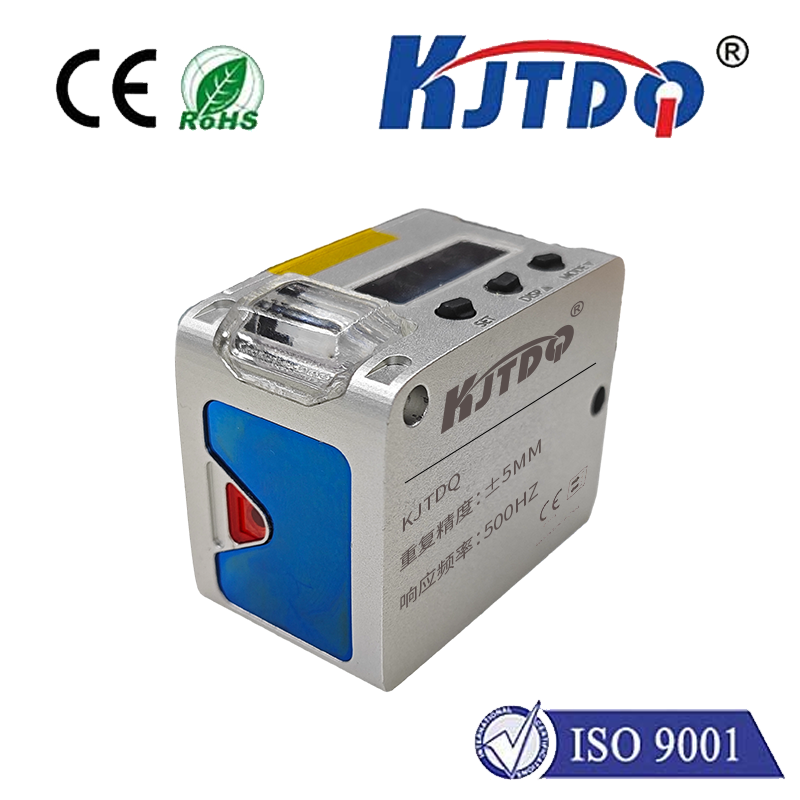
check

check

check

check
In the realm of industrial automation and machinery, limit switches play a crucial role in monitoring the position and movement of mechanical components. Among various types of limit switches, the cross bar limit switch is a specialized device that serves as a precise position indicator in a wide range of applications. In this article, we will delve into the workings, benefits, and applications of cross bar limit switches to provide a comprehensive understanding of their function and importance.
What is a Cross Bar Limit Switch?
A cross bar limit switch is an electronic or mechanical device designed to detect the presence or absence of an object within its sensing area. It consists of a bar or lever that activates a set of electrical contacts when moved by the object it is monitoring. Unlike standard limit switches, which are activated by direct push or pull actions, a cross bar limit switch relies on an object interrupting or engaging with the switch's bar to signal a change in state.
Working Principle
Cross bar limit switches operate on the principle of physical contact interaction. As the name suggests, the switch contains a horizontal "cross bar" that spans across the path of moving objects. When an object reaches a certain point along its path, it engages with the cross bar, causing it to move or rotate. This movement actuates the internal mechanism of the switch, which then changes the electrical output, signaling that the object has reached its limit or predefined position.
Benefits of Cross Bar Limit Switches
One of the primary advantages of cross bar limit switches is their ability to provide highly accurate detection over a broad range of motion. They are particularly useful for scenarios where precision is key, such as in quality control systems or machine processes with multiple stages requiring exact positioning. Moreover, cross bar limit switches are robust and can withstand harsh industrial environments, making them ideal for heavy-duty applications.
Applications
Cross bar limit switches find extensive use in various industries, including manufacturing, automotive, packaging, and material handling. In a conveyor belt system, for instance, they can signal when products have reached a certain point, triggering further actions like sorting or diverting items. In machine tools, they serve as end stops or safety barriers, preventing equipment from operating beyond its intended limits. Additionally, in robotic arms and automated assembly lines, cross bar limit switches ensure that components are accurately placed for efficient production processes.
Conclusion
The cross bar limit switch is an essential component in automation and machinery due to its reliability, precision, and durability. By serving as a critical sensor in numerous industrial applications, it enables smooth operation and ensures the accuracy necessary for modern manufacturing processes. Understanding how these switches work and appreciating their value is crucial for maintaining efficiency and safety in any setting where precise control over mechanical movements is required.
